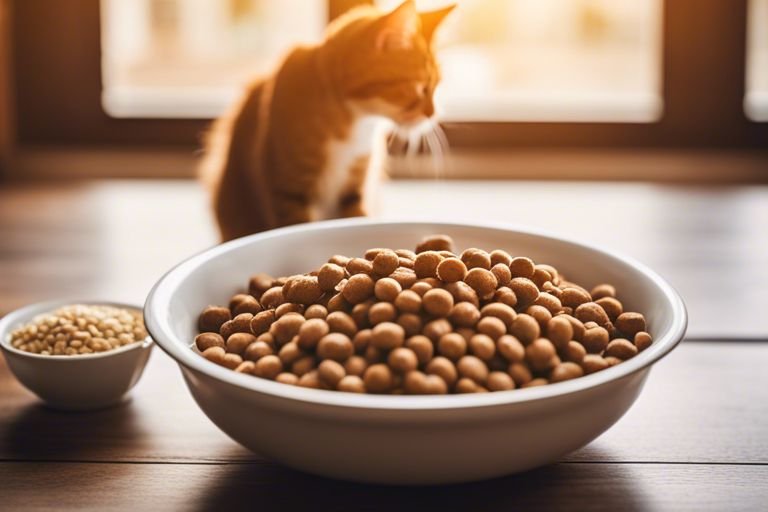How To Choose Between Wet vs Dry Dog Food – A Comprehensive Guide
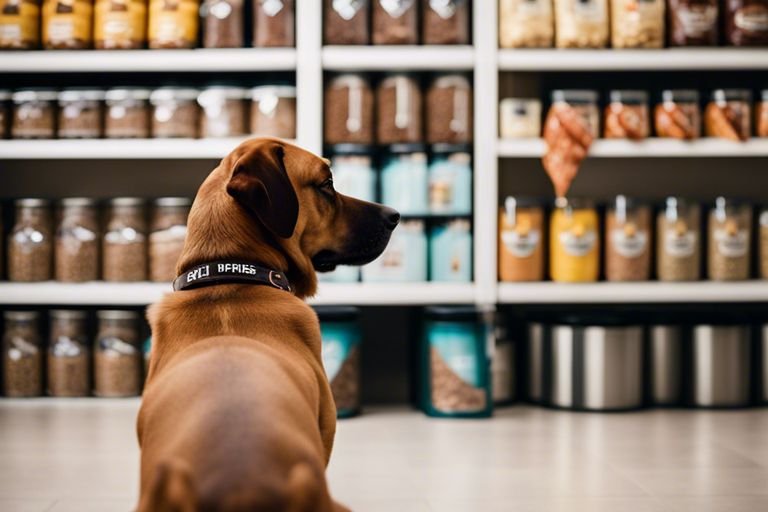
Many pet owners struggle with deciding between wet vs dry dog food for their furry companions. In this comprehensive guide, we will discuss the differences between the two types of food, as well as the benefits and drawbacks of each. By the end of this article, you will have all the information you need to make an informed decision about what type of food is best for your dog’s health and happiness.
Key Takeaways:
- Nutritional Needs: Consider your dog’s individual nutritional needs when choosing between wet vs dry dog food.
- Hydration: Wet dog food can help keep your dog hydrated, especially if they don’t drink enough water.
- Dental Health: Dry dog food can help maintain your dog’s dental health by promoting chewing and reducing plaque buildup.
- Convenience: Dry dog food is often more convenient for feeding and storing compared to wet dog food.
- Picky Eaters: If your dog is a picky eater, you may want to try both wet vs dry dog food to see which they prefer.
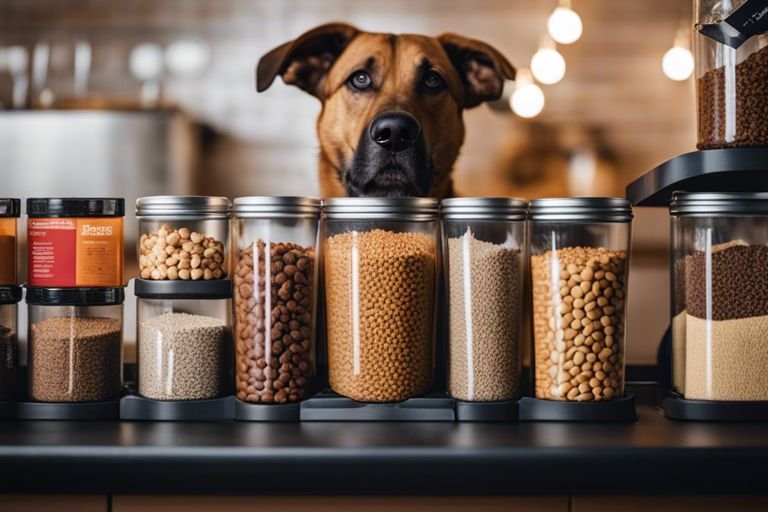
Understanding Your Dog's Needs
Identifying Your Dog's Life Stage and Breed
Now, to choose between wet vs dry dog food, you must first identify your dog’s life stage and breed. Puppies, adults, and seniors have different nutritional requirements, as do small and large breeds. Consider these factors to ensure your dog gets the right balance of nutrients.
Considering Your Dog's Health Conditions and Allergies
Health is crucial when selecting the right type of dog food. If your dog has specific health conditions like allergies, obesity, or digestive problems, you may need to choose a specialized diet. Consult your veterinarian to determine the best food for your furry friend’s health needs.
For more information on understanding your dog’s needs, consider factors such as activity level, metabolism, and taste preferences. Some dogs may require higher protein or lower fat content to maintain a healthy weight, while others may have sensitivities to certain ingredients. By considering all these aspects, you can make an informed decision on whether wet or dry dog food is the best choice for your canine companion.
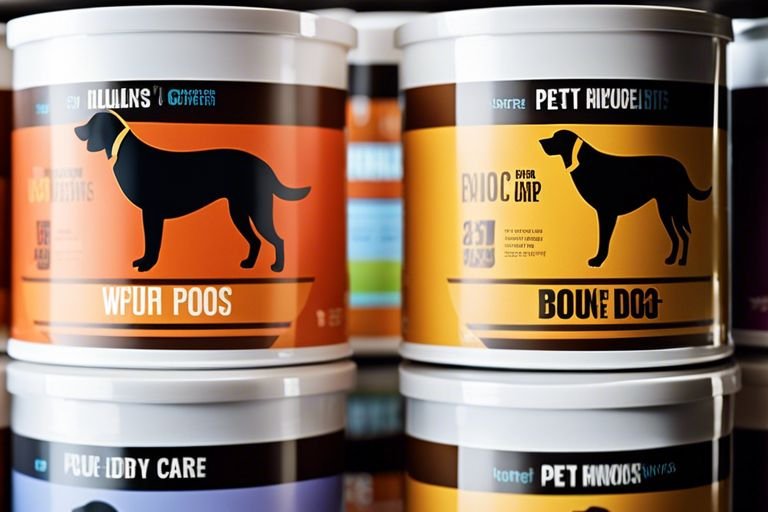
Factors to Consider When Choosing Dog Food
You have a plethora of dog food options to choose from, including dry, wet, or a combination of both. Making the right choice for your furry friend involves considering various factors that can impact their health, preferences, and your lifestyle. For an in-depth comparison between dry and wet dog food, you can check out Dry vs. Wet Dog Food, or Both? before making a decision. Any decision should be based on the individual needs and preferences of your dog.
Nutritional Value and Ingredients
Assuming you want to provide your dog with balanced nutrition, carefully examining the ingredients and nutritional content of the dog food is crucial. Different types of dog food may vary in terms of protein, fat, and other vital nutrients, so understanding your dog’s dietary requirements is important.
Palatability and Digestibility
Assuming your dog is a picky eater or has specific digestive issues, considering the palatability and digestibility of the dog food is vital to ensure they enjoy their meals and maintain optimal digestive health. Wet food is generally more palatable due to its higher moisture content, while some dogs may find dry food more convenient.
The texture and taste of the food can also play a role in how easily your dog can digest it. Some dogs may prefer the softer texture of wet food, while others may benefit from the dental benefits of crunchy dry kibble.
Convenience and Storage
Some dog owners prioritize convenience when choosing dog food, as dry kibble is easier to portion, store, and serve compared to wet food. Dry food has a longer shelf life and is more convenient for pet parents who may need to leave food out for their dogs during the day. However, wet food can be a great option for dogs who need additional hydration or have difficulty chewing harder kibble.
Considering your daily routine and the amount of time you can dedicate to preparing and serving your dog’s meals can help you determine which type of dog food is more convenient for your lifestyle.
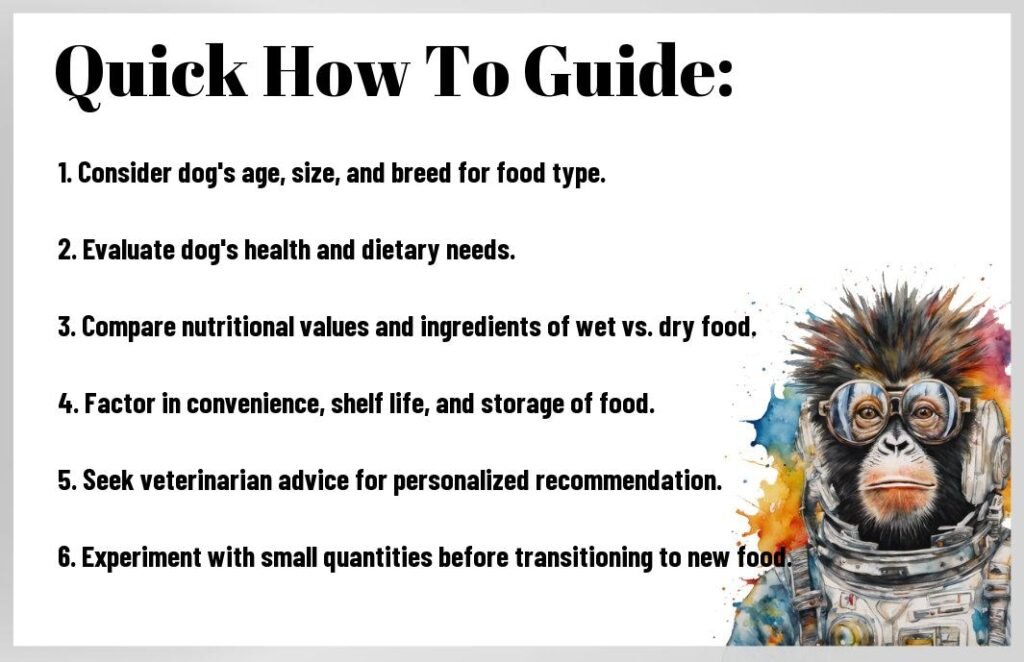
Tips for Evaluating Wet vs Dry Dog Food
After deciding between wet vs dry dog food, the next step is evaluating the options available to you. Here are some tips to help you make an informed decision:
- Consider the quality of ingredients listed
- Look for a complete and balanced nutrition profile
- Check for any potential allergens
- Compare pricing and value for money
Though choosing between wet vs dry dog food can be overwhelming, by following these tips, you can make a decision that is best for your furry friend.
Reading Labels and Understanding Terminology
Understanding the labels on dog food packaging and familiarizing yourself with common industry terminology can help you make a more informed choice. Look out for keywords like ‘grain-free,’ ‘chicken by-product,’ and ‘natural’ to understand what you are actually feeding your dog.
Researching Manufacturers and Their Reputation
Even though a dog food brand may look reputable on the surface, it’s important to dig deeper and research their manufacturing processes and reputation among pet owners. Read reviews, check for any recalls, and ensure that the brand has a history of producing high-quality, safe products for dogs.
For instance, some manufacturers may source their ingredients from reputable suppliers and have rigorous quality control measures in place, while others may have a history of recalls or questionable practices.
Consulting with Veterinarians and Dog Owners
While online research and reviews can provide valuable insights, consulting with your veterinarian and other dog owners can offer personalized recommendations and advice tailored to your dog’s specific needs. Veterinarians can provide guidance on dietary requirements, while fellow dog owners can share their experiences and preferences.
Manufacturers often have customer service lines or websites where you can reach out with any questions or concerns. Additionally, speaking with veterinarians can help you understand the nutritional needs of your dog and make an informed decision based on their health and age.
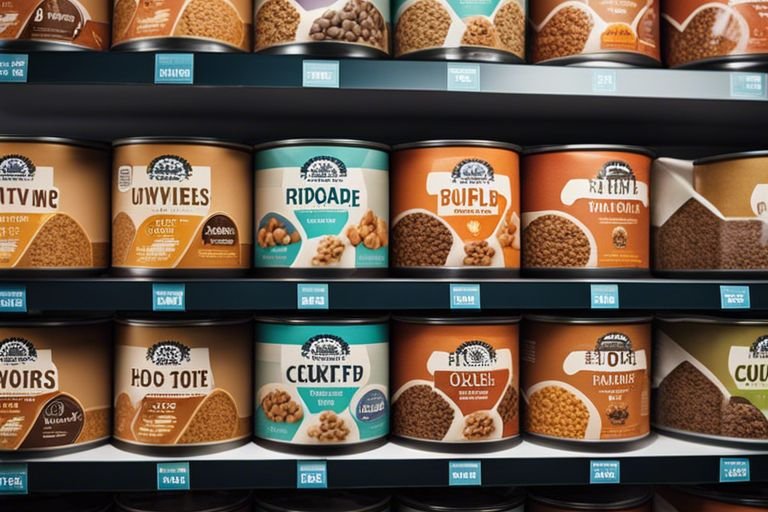
Making an Informed Decision
Weighing the Pros and Cons of Wet and Dry Food
Cons:
| Wet Food | Dry Food |
| Higher cost per serving | Convenient for storage and serving |
| Shorter shelf life once opened | Promotes dental health |
| Higher moisture content | Less messy |
Considering Your Budget and Lifestyle
Considering:
Your budget and lifestyle are important factors to consider when choosing between wet vs dry dog food. Wet food tends to be more expensive per serving compared to dry food, which can be a determining factor for pet owners on a tight budget. Additionally, dry food is more convenient for pet parents with busy lifestyles, as it is easier to store and serve.
Summing up
FAQ
Q: What are the main differences between wet vs dry dog food?
A: Wet dog food typically has higher moisture content, making it more hydrating and palatable for dogs. Dry dog food, on the other hand, is more convenient to store, has a longer shelf life, and can help promote dental health through chewing.
Q: How do I decide between wet vs dry dog food for my pet?
A: The decision between wet vs dry dog food depends on your dog’s specific needs and preferences. Factors to consider include age, size, breed, dental health, and any dietary restrictions or allergies.
Q: Is wet dog food better than dry dog food?
A: Neither wet nor dry dog food is inherently better than the other. Both types can provide complete and balanced nutrition for your pet. It ultimately comes down to what works best for your dog and fits your lifestyle.
Q: Can I mix wet and dry dog food together?
A: Yes, you can mix wet and dry dog food together to create a balanced meal for your pet. This can offer a combination of textures and flavors while providing necessary nutrients.
Q: Are there any specific considerations for transitioning between wet vs dry dog food?
A: When switching between wet and dry dog food, it’s important to do so gradually to prevent digestive upset. Start by mixing small amounts of the new food with the old food, gradually increasing the ratio over the course of a week or two.

